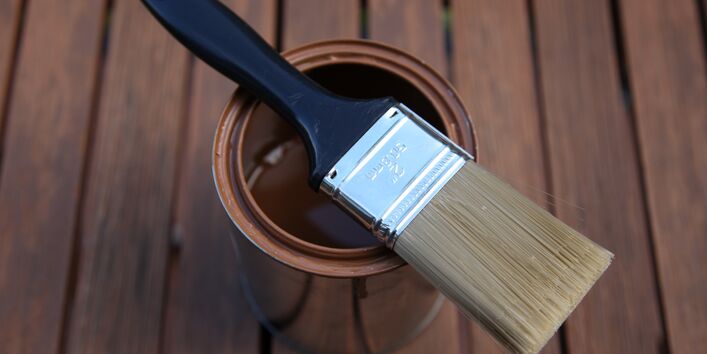Biocides are used in everyday life for many different purposes, which include eliminating mould from houses and flats, keeping food safe from moths and bugs, or fighting woodworm in building materials. Biocides have been classified into different product types in order to establish a legal framework for their wide range of applications. The Federal Environment Agency reviews whether these biocidal products and their active substances pose a risk for the environment. A biocide can only be authorised if risk has been ruled out.
How are biocides authorised?
The active ingredients of biocidal products are first evaluated in an EU level procedure and taken up on a “positive” list. Only then can applications for authorisation of biocidal products which contain substances on the list be submitted in the EU Member States. The authorisation of biocides in the EU is thus a two-step procedure. The Federal Environment Agency assesses the environmental effects of biocides and must grant its approval in the authorisation of biocides in Germany. In addition to its role in the authorisation procedure, the UBA also draws up valuation criteria and funds research projects on the application of biocides and potential risks for the environment.
How is the environmental impact of biocides assessed?
Before a biocide ingredient or biocidal product is authorised for sale it must be subjected to an environmental risk assessment, because biocides are a potential hazard to the environment and the health of man and animals.
What is the legal basis which regulates the authorisation of biocides?
Regulation (EU) No 528/2012 of the European Parliament and of the Council concerning the making available on the market and use of biocidal products, or simply "Biocidal Product Regulation", was agreed in May 2012 and entered into force on 17 July 2012. Compliance is obligatory as of 1 September 2013 and replaces the previous Biocidal Directive 98/8/EC. The new regulation governs the marketing and application of biocidal products throughout Europe. Go to "Legal provisions" for more information about the Biocidal Product Regulation.
Fly swatter instead of bug spray – Alternatives to biocides
The purpose of many everyday products such as mosquito repellents, antibacterial cleaning products or mould-free paints is to harm or kill certain organisms. When applied improperly they can pose a risk to the environment and health. More healthful alternatives should be considered prior to any application of such products. The Federal Environment Agency's Biocide information portal (German) provides tips on how to handle biocides to fulfil disinfection, hygiene or material protection needs. The portal also gives advice on when and how to do without biocides altogether. The pests guide also has information on various living organisms and how they can be controlled.
